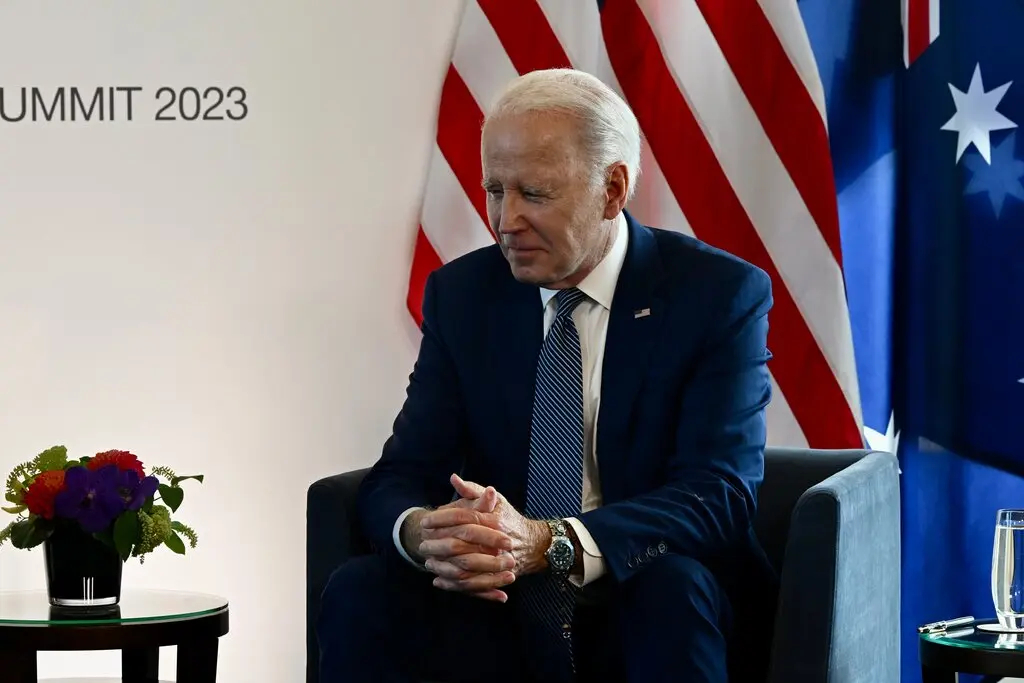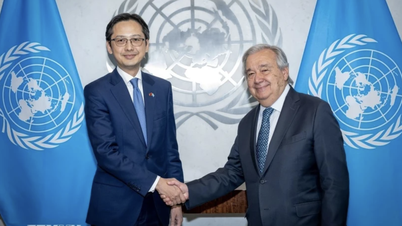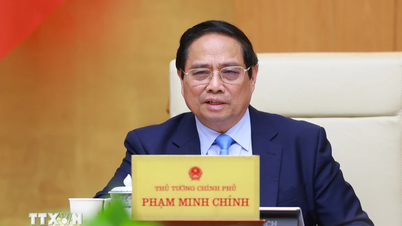The impasse comes as the June 1 deadline approaches. The US Treasury Department has warned that the federal government will be unable to pay all its debts by then, threatening to trigger a default with dire consequences.
The debt ceiling crisis has overshadowed US President Joe Biden's trip to Japan to attend the G7 Summit.
Speaking on the sidelines of a conference in Hiroshima on May 20, Mr. Biden remained confident that the world's leading economy could avoid a default scenario even as the White House acknowledged that there were serious disagreements with the Republican Party controlling the House of Representatives.

US President Joe Biden in Hiroshima City - Japan on May 20 Photo: The New York Times
According to Reuters, the much-talked-about disagreement is that the Republican Party links increasing the federal government's borrowing limit with strong spending cuts while the Democratic Party (currently in control of the Senate) opposes this demand.
Specifically, Republicans want to cut government spending by 8% next year. Meanwhile, Democrats want to maintain the same level this year so as not to have to cut the budget for some domestic programs, such as education and law enforcement.
Before leaving for Japan, Mr. Biden and several US congressional leaders met on May 16 to discuss solutions to the crisis but did not achieve any breakthrough results. After the meeting on May 19, House Speaker Kevin McCarthy told the media that the White House had “made no move” on the Republican demands.
A final deal, if reached, would need bipartisan support to pass Congress. The last time the United States nearly defaulted on its debt was in 2011. At that time, Democrats also controlled the White House and the Senate, while Republicans held a majority in the House.
The US Congress eventually stepped in to prevent a default, but the economy still suffered severe shocks, including the country's first-ever credit rating downgrade and a massive stock sell-off.
Source
























![[Photo] Overcoming the heat, practicing to prepare for the parade](https://vphoto.vietnam.vn/thumb/1200x675/vietnam/resource/IMAGE/2025/6/21/b93392e8da8243b8a32040d19590e048)


























![[Maritime News] Wan Hai Lines invests $150 million to buy 48,000 containers](https://vphoto.vietnam.vn/thumb/402x226/vietnam/resource/IMAGE/2025/6/20/c945a62aff624b4bb5c25e67e9bcc1cb)













































Comment (0)